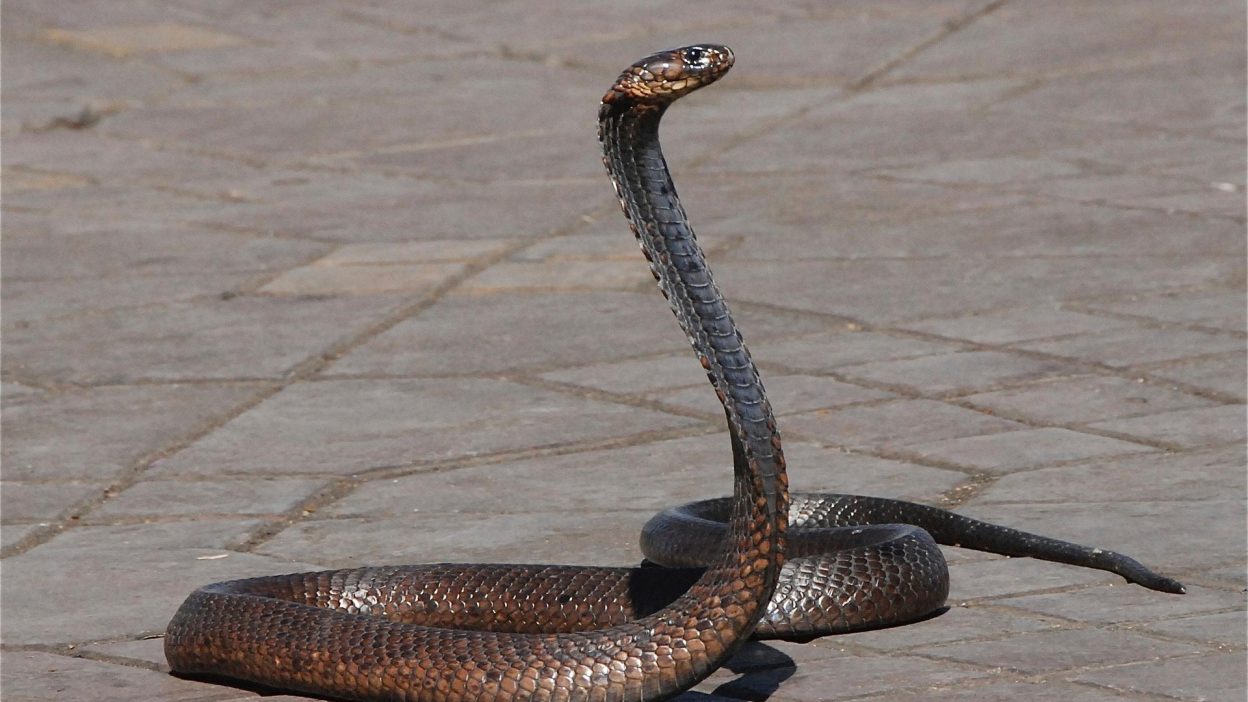Discover the best ways to handle an unexpected snake encounter in your home.
Imagine this—you’re relaxing at home when you hear a faint hiss. You turn your head and freeze. A snake has made its way inside! While this scenario might seem terrifying, staying calm and knowing what to do can make all the difference. Whether you’re dealing with a harmless garden snake or a more dangerous species, taking the right steps will help you safely remove the uninvited guest and ensure it doesn’t return.
Why Do Snakes Enter Homes?
Snakes usually don’t seek human company—they enter houses for survival reasons. The most common causes include:
- Extreme Weather Conditions – Snakes are cold-blooded and rely on their surroundings to regulate body temperature. They may seek shelter indoors during extreme heat, heavy rain, or cold weather.
- Food Sources – If your home has a rodent problem, it’s an open invitation for snakes. Mice, birds, and insects are all part of their natural diet.
- Shelter & Nesting – Dark, quiet spaces like basements, attics, and crawl spaces make perfect hiding spots. Some snakes may even lay eggs if they find a suitable nesting site.
How Do Snakes Get Inside?
Snakes are experts at squeezing through tiny gaps. They can enter through:
- Cracks in walls or foundations
- Gaps under doors or windows
- Open vents, drains, or pipes
- Unsealed entry points in basements or attics
If you’ve found a snake indoors, there’s a good chance there are openings in your home that need sealing.
How to Safely Remove a Snake from Your Home
1. Stay Calm & Assess the Situation
Panicking can startle the snake and make it defensive. Snakes generally prefer to avoid humans and will only strike if they feel threatened. Observe from a safe distance and determine its location before taking action.
2. Remove Pets and Children from the Area
Curious pets or children can unknowingly provoke a snake. Secure them in another room before attempting removal.
3. Identify If the Snake is Venomous
Before doing anything, try to identify the snake’s species. Research the common snakes in your area, especially the venomous ones. If you’re unsure or suspect it might be venomous, call a professional immediately instead of handling it yourself.
4. Guide the Snake Outside (For Non-Venomous Snakes)
If you’re confident the snake is non-venomous, gently encourage it to leave using a broom. Open a door leading outside and create a clear path for the snake to exit. Do not poke or provoke it—just guide it gently.
5. Contain the Snake if It Won’t Leave
If the snake refuses to move, place a laundry basket, bucket, or large blanket over it to restrict its movement. Keeping it in darkness will help calm it down until you decide your next step.
6. Physically Remove It (Only If Safe to Do So)
For small, non-venomous snakes, you can carefully pick it up by holding it near the tail and supporting its body. Avoid gripping too tightly. Always keep the snake away from your body while carrying it outside and releasing it far from your home.
7. Call Animal Control or a Pest Professional
If you’re dealing with a venomous snake or feel uncomfortable handling it, the safest option is to contact animal control or professional pest removal services. They have the proper equipment and experience to remove the snake safely.
8. Set Up a DIY Snake Trap
If the snake is hiding and won’t come out, you can try trapping it. A simple DIY trap involves:
- A plastic bottle (with a small entrance hole cut at one end)
- Snake bait (available at pet stores)
- Placing the trap where the snake was last seen
Once trapped, contact a professional for safe removal.
How to Prevent Snakes from Entering Your Home
To avoid future snake encounters, take these preventive measures:Seal Cracks & Openings – Inspect your home for gaps in doors, windows, vents, and walls. Snakes can squeeze through tiny openings, so sealing these is crucial.
Eliminate Food Sources – Reduce rodent populations by keeping food sealed, securing garbage bins, and using pest control methods.
Keep Your Yard Clean – Remove debris, logs, and tall grass where snakes could hide. Trim bushes and keep firewood stacked away from the house.
Secure Nesting Areas – Snakes may be attracted to bird nests or small animal habitats in your yard. Limiting these will reduce their interest in your property.
Use Natural Snake Repellents – Certain smells, like clove oil, cinnamon oil, and vinegar, can deter snakes. Sprinkling these around entry points may help keep them away.




